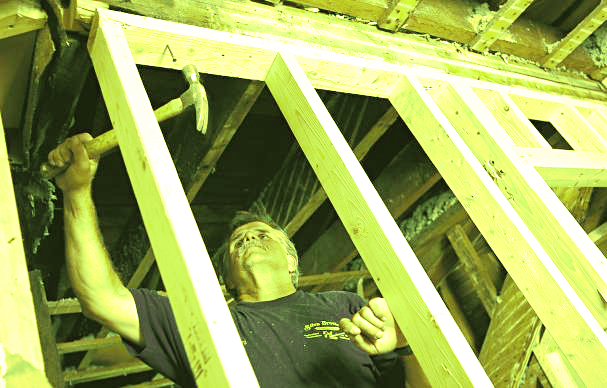At CityStructure, our vision is a world where every homeowner has a clear understanding of the development potential of their property. This is why we give you free access to the Untapped Development Potential for any property.
Every jurisdiction may define a unit, or a living compound differently based on the size and use.
Apartment. "Apartment" means a dwelling unit as defined below.
Apartment House. "Apartment house" is any building or portion of it that contains three or more dwelling units and includes residential condominiums.
Dwelling. A building, or portion thereof, containing one or more Dwelling Units. A "one-family dwelling" is a building containing exclusively a single Dwelling Unit. A "two-family dwelling" is a building containing exclusively two Dwelling Units. A "three-family dwelling" is a building containing exclusively three Dwelling Units.
Dwelling Unit. A Residential Use defined as a room or suite of two or more rooms that is designed for, or is occupied by, one family doing its own cooking therein and having only one kitchen.
A housekeeping room as defined in the Housing Code is a Dwelling Unit
A Live/Work Unit, as defined in Planning Code, is not considered a Dwelling Unit.
Dwelling Unit, Accessory. Also known as a Secondary Unit or In-Law Unit, is a Dwelling Unit that is constructed either entirely within the existing built envelope, the “living area” as defined in State law, or the buildable area of an existing or proposed building in areas that allow residential use; or is constructed within the existing built envelope of an existing and authorized auxiliary structure on the same lot.
Residential Unit. A legal conforming or non-conforming Dwelling Unit or a legal non-conforming Live/Work Unit.
Building. Any structure having a roof supported by columns or walls.
How much could you build on your property?
Get an instant free estimate if there is any untapped potential for your property based on the city zoning and state regulations.




